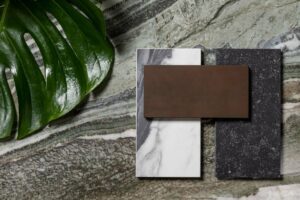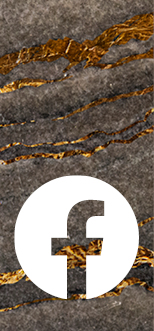Useful tips
Marble is alive; approaching this material must always be made with this concept in mind. It is a metamorphic rock that is composed of calcium carbonate which, as we say, “breathe”. Cleaning this material requires particular attention since, due to its porous structure, it is damaged by most cleaning products or other acidic substances. Marble, as well as granite and other natural stones, tends to absorb water and oil-based solutions, therefore for cleaning the use of hot water, neutral detergents and a soft cloth is sufficient, thus maintaining its splendor and original characteristics.
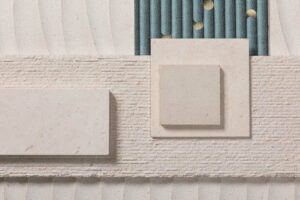
Although an inexperienced eye can confuse some types of material, these two natural stones are profoundly different from a chemical and physical point of view. Marble is in fact calcium carbonate, while granite is a compound that is mostly made up of quartz and silicates and which, depending on the area of extraction, can also contain variable percentages of metals which influence its colour and weight. This makes granite an extremely hard and compact material, especially against abrasive actions: it is no coincidence that, until very recently, it was the absolute best choice for outdoor environments precisely by virtue of its resistance.
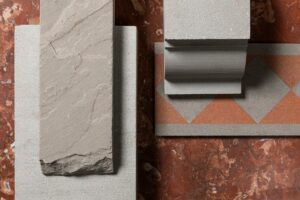
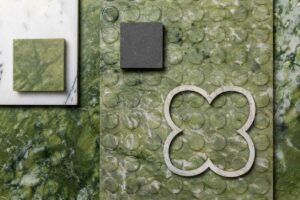
The material commonly referred to as “stone” is generally sandstone and therefore is a different compound from calcium carbonate but, despite this, the same maintenance rules as for marble can be used with some additional precautions. The stone is even more sensitive to the corrosive action of acids and bases, as well as having a tendency to flake and “peel” over time. Therefore cleaning with just hot water, neutral detergents and a soft cloth is advised. Completely preventing flaking is practically impossible, for that is necessary to accept the compromise of having a stone that breathes, ages and deteriorates over time, exactly like a living being.
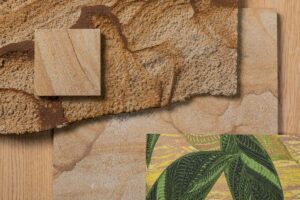
Before planning any intervention, it is good to understand the type of problem even if, in most cases, a loss of shine is determined by two factors: mechanical friction or corrosion. The first case refers to scratches, abrasions or even just prolonged foot traffic, with the shine that can be restored through the use of special waxes or self-polishing treatments which in some cases hide more superficial scratches. In the case of corrosion or serious mechanical damage, on the other hand, the on-site intervention of a technician with the use of specific machines is usually indispensable.
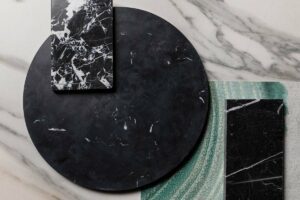
There is no universal answer to this question which affects customer demands and expectations. The materials that are most used are 12mm stoneware and 20mm recomposed quartz: both are excellent choices, where the first has its strength in the immutability of color and heat resistance, while the second relies on compactness and flexibility donated by its resin compound.
Granite is a solution that combines value, structural solidity and great resistance to all agents commonly found in the kitchen. Marble, on the other hand, has characteristics that make it very suitable, even if it requires more maintenance than other materials. Finally, due to their characteristics, we tend to advise against travertine and stone because, if not processed in specific ways, they risk more corrosion, scratches and breakage.
